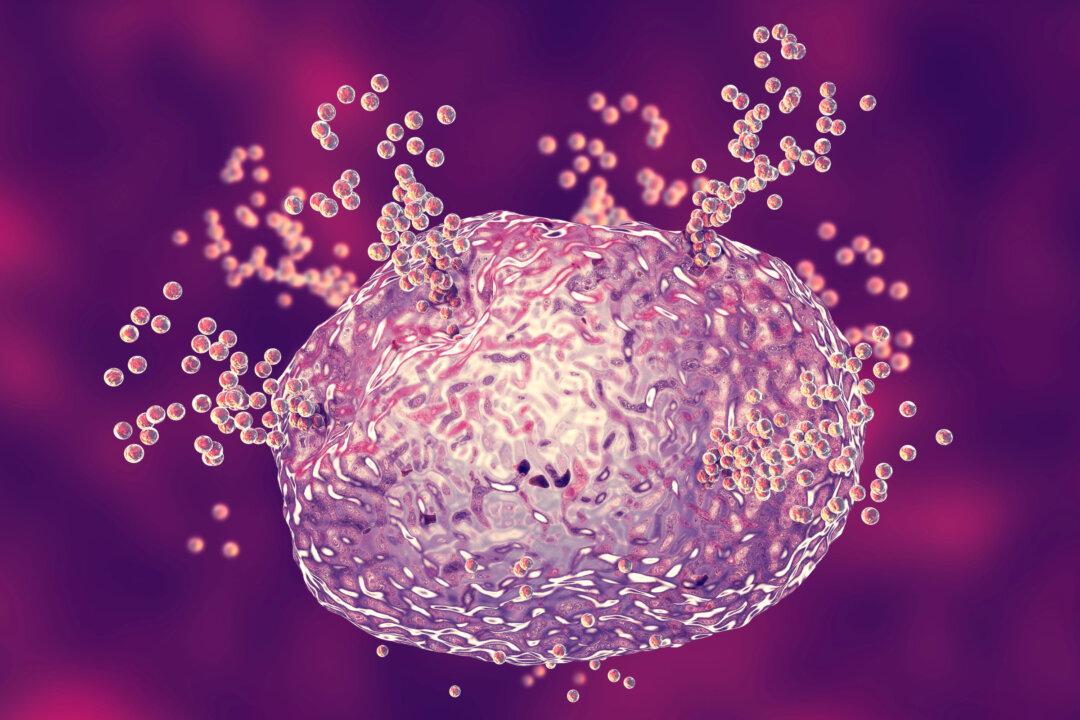In part one of this series, we gave an overview of small intestinal bacterial overgrowth—otherwise known as SIBO. It can be an insidious disease because so many of its symptoms overlap with other gut ailments. Misdiagnosis, or missing a diagnosis altogether, is very common.
Yet the longer SIBO goes untreated, the more difficult it can be to resolve.






